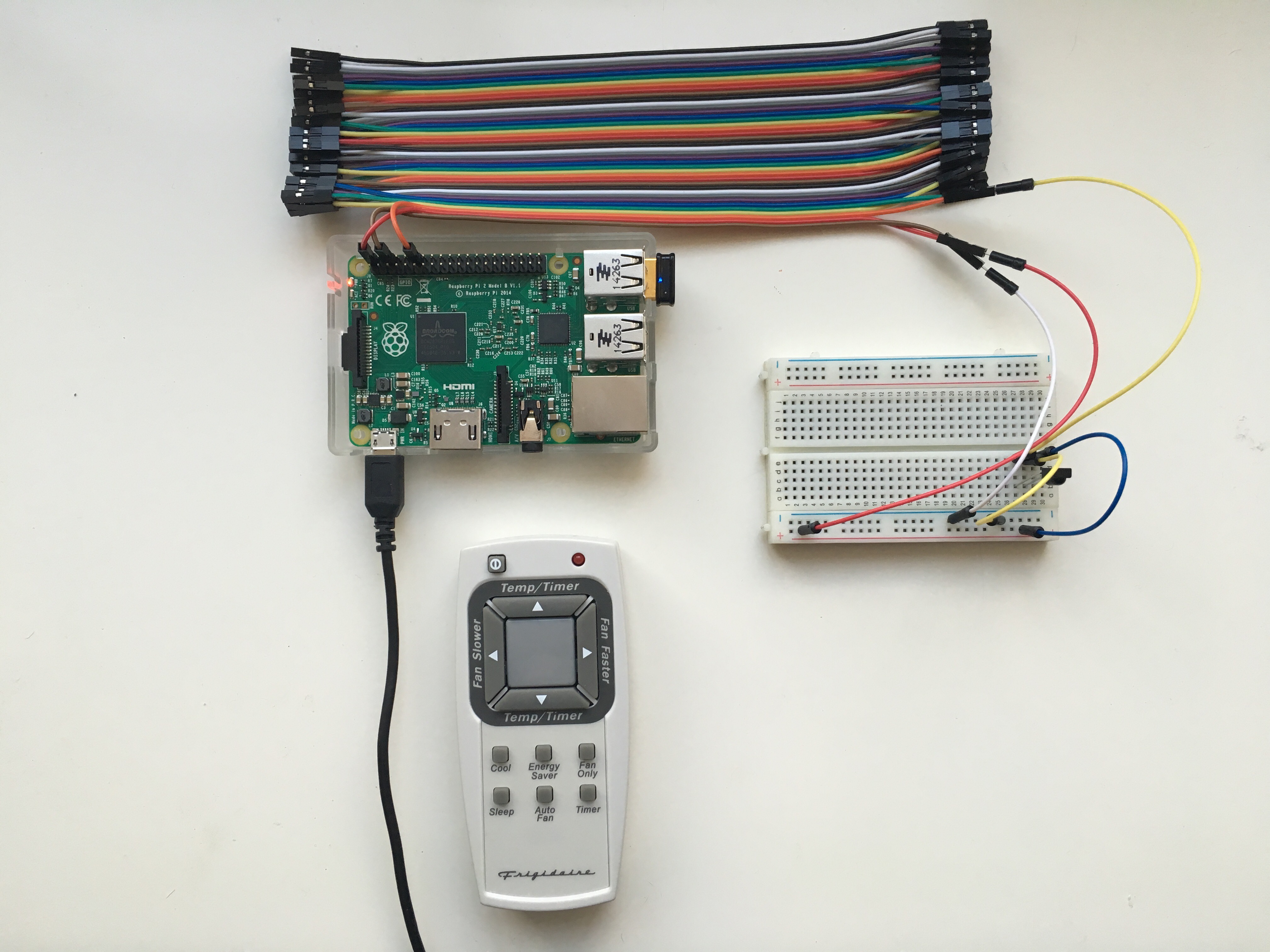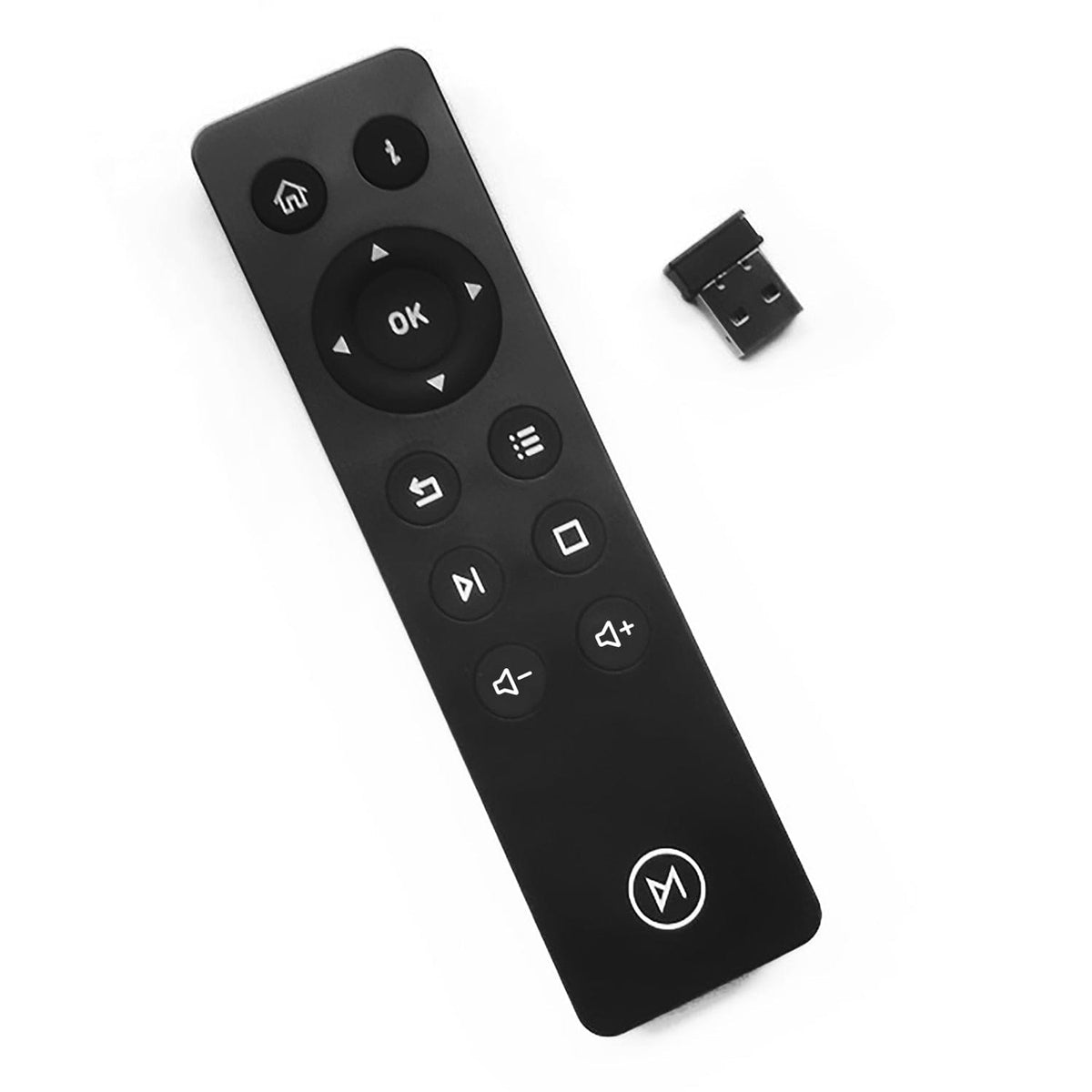Imagine being able to control everything in your house with just a few taps on your phone or computer. Sounds like something out of a sci-fi movie, right? But guess what? With a Raspberry Pi remote setup, you can turn that dream into reality. Whether you're a tech enthusiast, hobbyist, or just someone looking to simplify their life, this little device has the power to revolutionize how you interact with your smart home and DIY projects.
Raspberry Pi remote technology has become a game-changer for anyone interested in home automation and IoT (Internet of Things). It’s not just about turning lights on and off; it’s about creating an interconnected ecosystem that works seamlessly together. From controlling your security cameras to automating your garden watering system, the possibilities are endless.
But before we dive deep into the world of Raspberry Pi remotes, let’s take a moment to appreciate how far we’ve come. A decade ago, setting up smart home systems required expensive equipment and professional installation. Now, with the Raspberry Pi, you can do it all yourself—on a budget. So, if you’re ready to unlock the potential of your Raspberry Pi, keep reading. We’ll show you exactly how to set it up and get started.
- Aaron Tyler Biography Info You Need To Know Mc Eiht More
- Brad Chase More From Boston Legal To Microsoft Beyond
What is Raspberry Pi Remote and Why Should You Care?
Raspberry Pi remote refers to using a Raspberry Pi device as the central hub for controlling various smart devices and systems remotely. Think of it as the brain of your smart home. Instead of relying on multiple apps or devices, Raspberry Pi acts as a single platform that integrates everything. This not only simplifies management but also enhances functionality.
Here are some reasons why Raspberry Pi remote is worth your attention:
- Cost-effective: Raspberry Pi is an affordable solution compared to commercial smart home systems.
- Customizable: You have full control over what you want to automate and how you want to do it.
- Open-source: A vast community of developers contributes to creating tools and software that expand its capabilities.
- Scalable: Start small and grow your setup as your needs evolve.
In short, Raspberry Pi remote isn’t just another gadget; it’s a powerful tool that empowers users to take charge of their technological environment. And who doesn’t love that?
- Mark Gatto Profiles Businesses And More Uncover Insights
- Explore Bi Dax With Marco Russo Experts Articles Insights
Setting Up Your Raspberry Pi Remote
Setting up your Raspberry Pi remote might sound intimidating at first, but trust me, it’s easier than you think. With a little patience and some basic tech skills, you’ll have your system up and running in no time.
Step 1: Gather Your Materials
Before you start, make sure you have everything you need. Here’s a quick checklist:
- Raspberry Pi board (any model will work, but newer models offer better performance)
- MicroSD card with pre-installed Raspberry Pi OS
- Power supply (make sure it’s compatible with your Raspberry Pi model)
- Keyboard and mouse (optional, if you’re setting it up locally)
- Monitor (again, optional)
- Wi-Fi dongle (if your Raspberry Pi doesn’t have built-in Wi-Fi)
Once you’ve gathered all these components, you’re ready to move on to the next step.
Step 2: Install Raspberry Pi OS
Raspberry Pi OS is the operating system that powers your Raspberry Pi. If you haven’t already installed it on your MicroSD card, now’s the time to do so. Follow these steps:
- Download the Raspberry Pi Imager from the official website.
- Insert your MicroSD card into your computer.
- Launch the Raspberry Pi Imager and select the latest version of Raspberry Pi OS.
- Choose your MicroSD card as the target device and click “Write.”
And voila! Your MicroSD card is now ready to go.
Connecting Your Devices
Now that your Raspberry Pi is set up, it’s time to connect it to your smart devices. This is where the magic happens. Depending on the devices you want to control, there are several methods you can use:
Method 1: Using MQTT Protocol
MQTT (Message Queuing Telemetry Transport) is a lightweight messaging protocol commonly used in IoT applications. It allows your Raspberry Pi to communicate with other devices efficiently. To set it up:
- Install an MQTT broker on your Raspberry Pi (Mosquitto is a popular choice).
- Configure your smart devices to connect to the broker.
- Use a client application to send and receive messages between devices.
MQTT is ideal for scenarios where low bandwidth and high reliability are important.
Method 2: Integrating with Home Assistant
Home Assistant is one of the most popular platforms for managing smart homes. It works seamlessly with Raspberry Pi and offers a user-friendly interface. Here’s how to integrate it:
- Download and install Home Assistant on your Raspberry Pi.
- Add your smart devices through the Home Assistant dashboard.
- Create automations and routines to control your devices remotely.
With Home Assistant, you can control everything from one centralized location, making it a fantastic option for beginners and experts alike.
Exploring Advanced Features
Once you’ve mastered the basics, it’s time to explore some advanced features that can take your Raspberry Pi remote setup to the next level.
Feature 1: Voice Control
Who wouldn’t want to control their smart home with just their voice? With tools like Google Assistant or Amazon Alexa, you can integrate voice commands into your Raspberry Pi remote system. Imagine saying, “Hey Google, turn off the living room lights,” and watching it happen instantly. Cool, right?
Feature 2: Remote Access via SSH
SSH (Secure Shell) allows you to access your Raspberry Pi remotely from anywhere in the world. All you need is an internet connection and a secure login. This feature is especially useful if you’re away from home but still want to monitor or manage your devices.
Security Considerations
With great power comes great responsibility. While Raspberry Pi remote offers incredible functionality, it’s crucial to prioritize security to protect your data and devices. Here are some tips:
- Use strong passwords and enable two-factor authentication whenever possible.
- Keep your software and firmware up to date to patch any vulnerabilities.
- Limit access to your Raspberry Pi by configuring firewalls and network settings.
Remember, a secure system is a happy system.
Troubleshooting Common Issues
Even the best-laid plans can encounter hiccups. If you run into issues with your Raspberry Pi remote setup, don’t panic. Here are some common problems and their solutions:
Issue 1: Devices Not Responding
Make sure your devices are properly connected to the network and that your Raspberry Pi is configured correctly. Double-check your settings and restart your devices if necessary.
Issue 2: Slow Performance
If your Raspberry Pi is running slow, try freeing up space by deleting unnecessary files or upgrading to a more powerful model. Also, ensure that your network connection is stable and fast.
Real-Life Applications
Let’s talk about some real-life applications of Raspberry Pi remote. These examples will give you a better idea of its versatility and potential:
Application 1: Smart Lighting System
Control your lights with precision using Raspberry Pi remote. Set schedules, create scenes, and adjust brightness levels effortlessly.
Application 2: Surveillance Camera Network
Turn your Raspberry Pi into a surveillance hub by connecting multiple cameras and monitoring them from anywhere.
Future Trends in Raspberry Pi Remote
The future of Raspberry Pi remote looks bright. With advancements in AI, machine learning, and edge computing, we can expect even more sophisticated capabilities. Imagine a system that learns your habits and anticipates your needs before you even ask. The possibilities are truly mind-blowing.
Conclusion
In conclusion, Raspberry Pi remote is a powerful tool that opens up a world of possibilities for home automation and IoT projects. By following the steps outlined in this guide, you can set up your own system and start enjoying the benefits of a smarter home.
So, what are you waiting for? Grab your Raspberry Pi, roll up your sleeves, and get started. And don’t forget to share your experience with us in the comments below. Who knows? You might inspire others to join the Raspberry Pi revolution.
Table of Contents
- Exploring Danny Nelson From Nhl Draft To Career More
- Britney Spears Sons Latest Updates On Sean Preston Jaydens Lives


